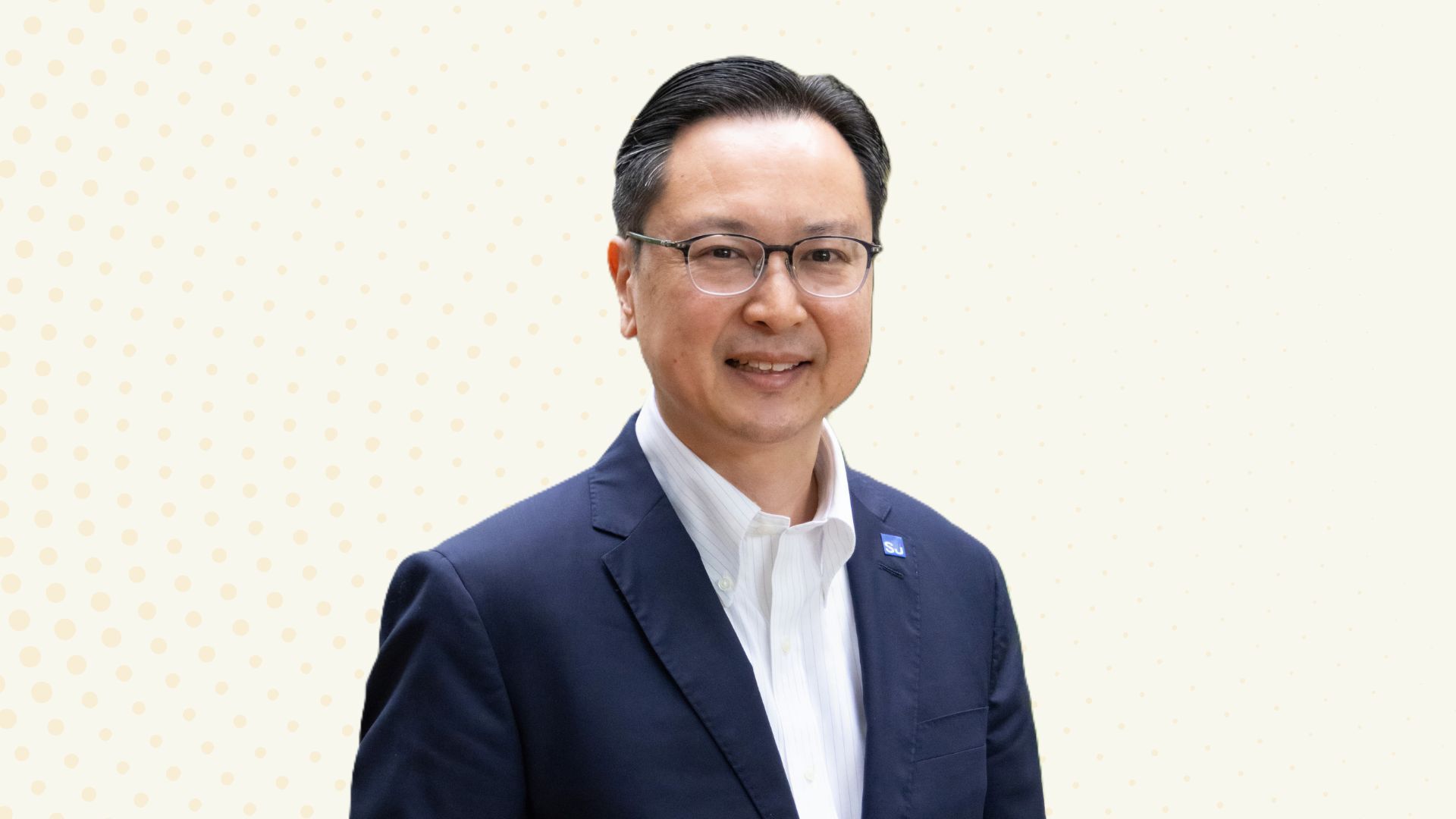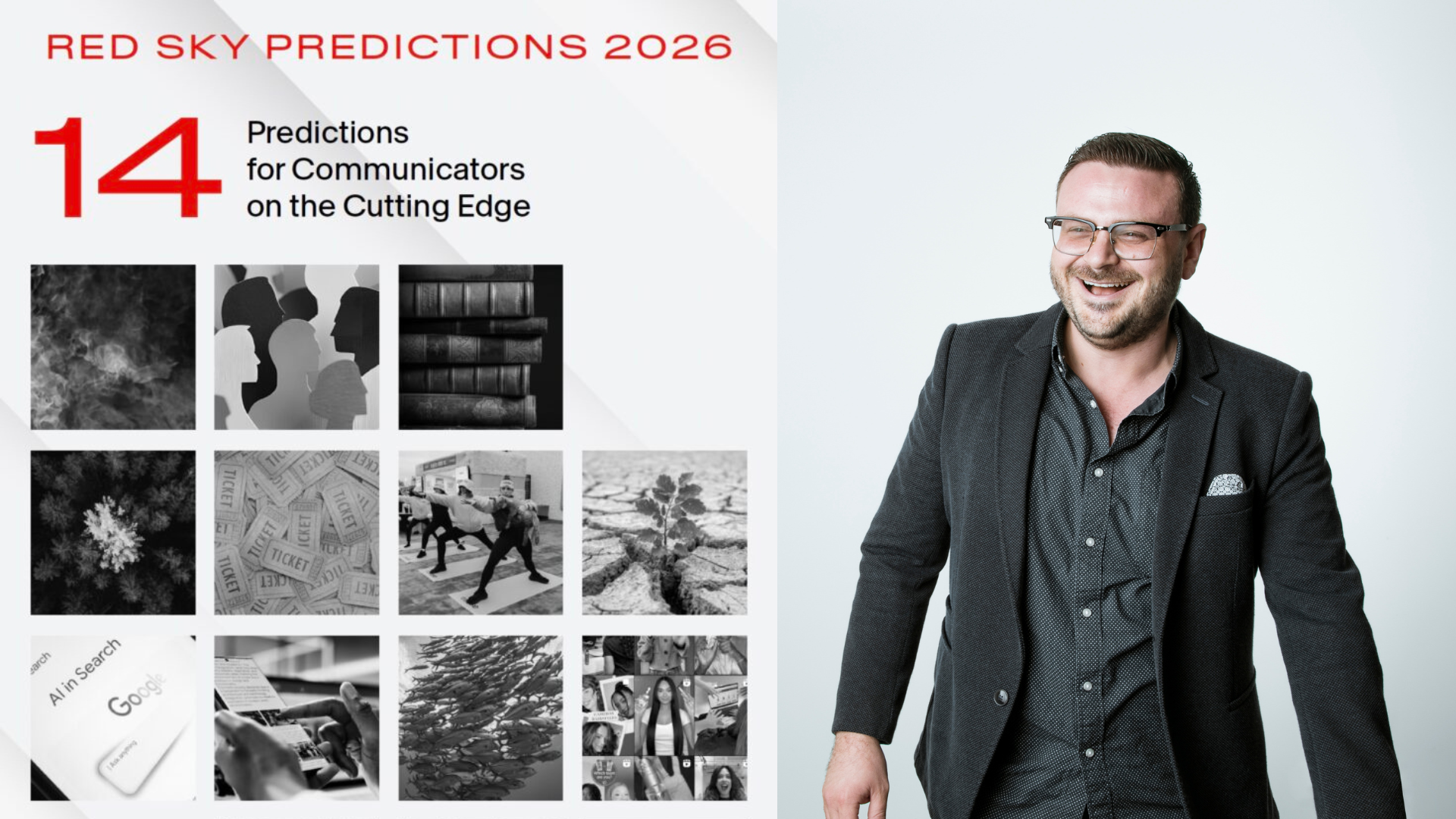On Wednesday, 10th September 2025, Telum Media hosted a discussion with Saffron Howden, National Affairs Correspondent at ACM, as part of its Telum Talks To series in Australia. Held at the Fleet Gallery & Warrane Theatre at the Museum of Sydney, the session was moderated by Telum’s John Bergin.
PR and communications professionals from various sectors attended the event, gaining exclusive insights from Saffron before engaging in a Q&A session. Attendees also had the opportunity to network with Saffron and fellow industry peers before the event concluded.
During the discussion, Saffron spoke about her career journey, including her work in media literacy and her PhD research into disinformation and helping Australians navigate it. She also shared a glimpse into her day-to-day role at ACM and what her position entails.
Saffron then went on to break down how ACM operates - from how its mastheads coordinate shared stories, to its audience profile and news consumption habits, to the ways ACM publications differ from metropolitan outlets. She highlighted that print continues to play a significant role in regional areas.
Saffron also shared how communications professionals can best pitch to ACM journalists. She emphasised the importance of rapport between PRs and journalists, describing it as a "team effort", supported by strong case studies, credible data, engaging visuals, and realistic promises. She also highlighted the value of exclusives, while noting the need to balance traditional press releases with sharp and punchy pitches.
In the Q&A session, she addressed writing for clarity and accessibility, the nuances of pitching exclusives across multiple mastheads, the differences between regional and metropolitan coverage, lessons on leadership and mentoring young journalists, and the evolving role of AI in grassroots reporting.
Stay tuned for more Telum events by subscribing to our News Alerts for the latest updates.

Event wrap-up: Telum Talks To: ACM's Saffron Howden
Telum Media creating connections
Get in touch to learn more
Former A Current Affair Producer steps into comms
You might also enjoy
Sophie Spooner has joined Allianz Australia as Senior Manager Corporate Communications. She has wrapped up her recent contract at Ogilvy PR, where she was Head of Travel & Lifestyle. Prior to that, Sophie was Executive Director - Consumer at HerdMSL.
Albert Shu has been appointed Chief Communications & Marketing Officer at SJ Group, a global urban, infrastructure and managed services consultancy. Based in Singapore, he will lead the Group’s communications and marketing functions across Asia Pacific, the Middle East, North America, Europe and Africa.
Albert brings three decades of international experience, including more than two decades with Weber Shandwick. He was previously President of the firm's Singapore and Hong Kong operations, where he oversaw their integration as a regional hub and advised clients on message development, corporate positioning, issues and crisis management, and stakeholder engagement.
Albert also served as Regional Head of Marketing and Communications for Deloitte Consulting in Asia Pacific and Africa, where he developed the firm’s marketing infrastructure and programmes across Australia, Greater China, South Korea, Southeast Asia and South Africa.
Havas Red has released its 2026 Red Sky Predictions report. This ninth edition of the report included input from 24 of the agency's markets in the region.
It highlighted 14 trends that will impact brand communications in Asia Pacific, in particular cultural fragmentation, rising misinformation, private digital communities, and acceleration of AI.
Steve Fontanot (pictured), Commercial Managing Director APAC at HAVAS Red, commented: “The Asia-Pacific region is a wonderfully diverse, with a lot of contrasts - hyper-connected yet privacy-conscious, tech-driven yet deeply human. Our 2026 predictions show that success will come to brands that embrace bold creativity, invest in trust and adapt to technologies like generative AI without losing cultural nuance and human intelligence. Now in its ninth year, this report from Havas Red brings together the brightest minds in our global Network, and we’re pleased to share it once again with the world.”
Key predictions from the report include:
- Crisis mode as business as usual: With geopolitical tensions, climate volatility and economic uncertainty impacting APAC markets, crisis readiness will become a core competency for communicators.
- Synthetic research becomes standard: AI-driven audience simulations will accelerate campaign planning and stress-testing, enabling brands to adapt quickly to APAC’s fragmented consumer landscape.
- Truth as the ultimate brand value: In markets where trust is fragile and misinformation rampant, brands that demonstrate transparency and authenticity will win loyalty.
- Boldness is the new benchmark: From experiential activations in Australia to influencer-led campaigns in Southeast Asia, brands must push creative boundaries to cut through content fatigue.
- Closed communities > public feeds: With consumers in APAC gravitating toward private digital spaces like WeChat groups, Discord, and Telegram, influence will hinge on authentic engagement within niche communities.
Key APAC case studies include:
- In Australia, Wise’s “Fleece Free FX” activation at Bondi Beach featured live sheep and theatrical stunts aimed at depicting hidden bank fees.
- Across Southeast Asia, from Cebuano hashtags in the Philippines to regional dialect videos on TikTok in Indonesia, brands picked up on dialect-first content trends and engaged lo-fi, creator-led storytelling.
- As part of their closed community strategies, brands invested in WeChat and Telegram micro-groups to build intimacy and loyalty within fandoms.
The report further touched upon the shift in discoverability, with brands transitioning from traditional SEO to Generative Engine Optimisation, as well as the move towards creator-led storytelling and niche voices.
-1.jpg)

